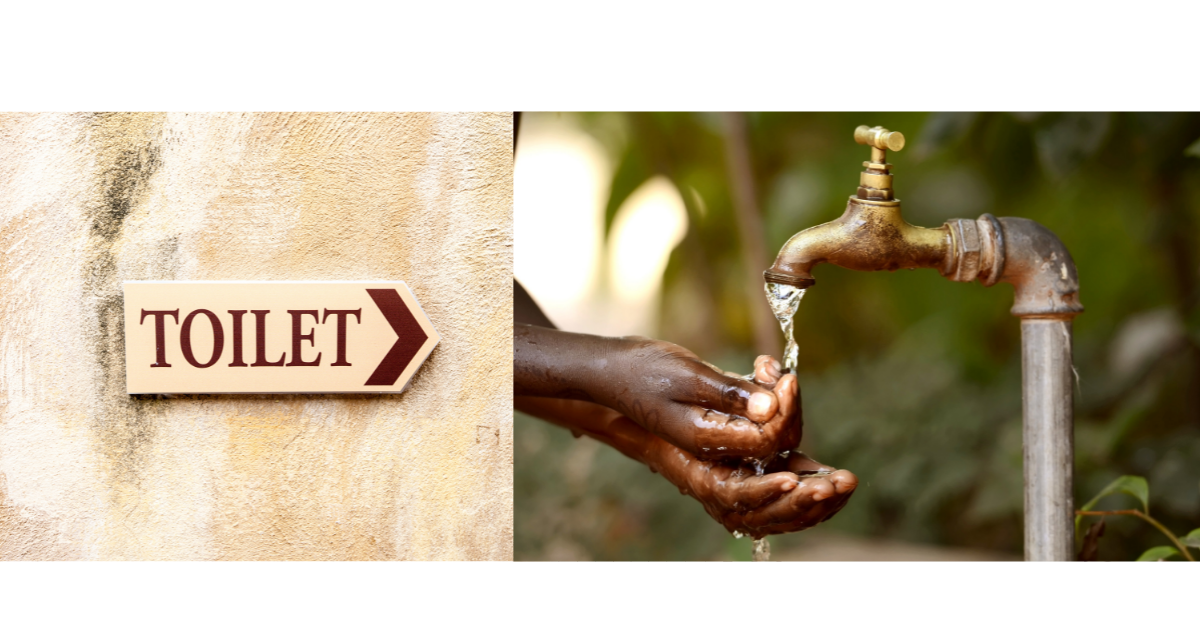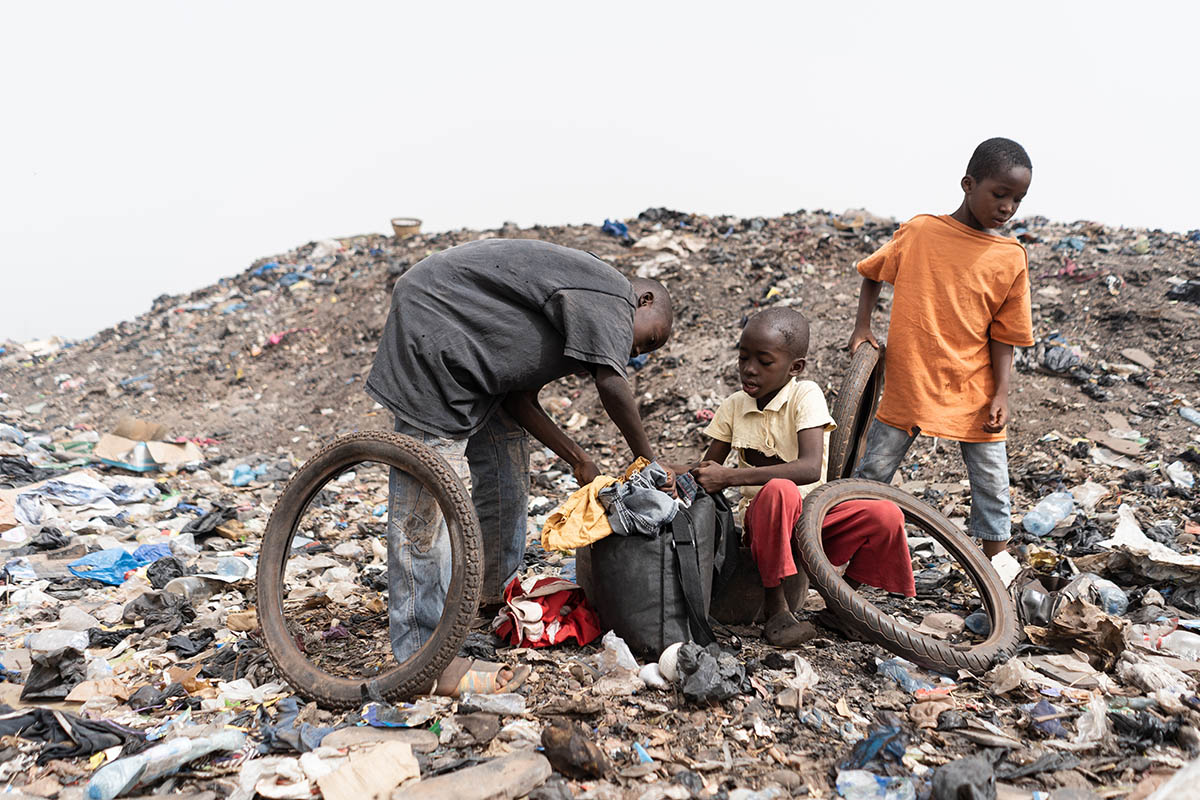Sanitation and Dignity
May 24
From using fire to an illuminating lightbulb, and from chorded electronic devices to Bluetooth connections, we have benefited from groundbreaking inventions throughout the course of human history but 25-year-old Vishakha, Commonwealth Correspondent from India believes that globally, we have a long way to go to solve some of our most basic problems.
A quarter of the world’s population or 2.5 billion people are living without access to basic sanitation. Another eight hundred million people lack access to safe water. Despite 15 years of concertive effort under global action plans like the Millennium Development Goals (MDGs), people are still without improved sanitary facilities with nearly 892 million people using open spaces to relieve themselves when they have bowel movements.
The United Nations Sustainable Development Goals are 17 initiatives to drastically improve the livelihood of people and the planet by 2030. One of the seventeen goals is to, “Ensure availability and sustainable management of water and sanitation for all.” The reality, however is that people still lack awareness regarding proper sanitation and the use of safe water. They do not understand the threat that follows poor sanitation and unhygienic practices.
The lack of adequate sanitation facilities has dire consequences for women and young girls. It leaves them prone to reproductive tract infections. They also have to wait until dark to go to the toilet in the open and to avoid frequent visits women tend to drink less water which leads to the risk of painful and costly urinary tract infections. Women are also extremely vulnerable to violence, especially when using those facilities at night.
During pregnancy and the postnatal stages, adequate sanitation needs become even more critical. FIGO, the International Federation of Gynaecologists and Obstetrics, states that “An estimated eight per cent of maternal deaths and up to 15 per cent in low and middle-income countries can be directly linked to unhygienic conditions during labour and birth and poor postnatal hygiene. Pregnant women commonly have greater urgency of urination and need high-standard sanitation facilities to meet their needs. Toilet-avoidance dehydration is a particular health threat. Delivering a child with poor health facilities already and also a lack of safe water can be fatal for mother and child.
It is our social responsibility to provide our women and girls with safe and hygienic sanitation facilities. Providing them with a toilet not only restores their dignity but reduces infections and saves women from being exposed and harassed. Additionally, solving the sanitation crisis for women everywhere means changing the narrative about menstruation, enabling women and girls to become confident and capable of managing this very normal, healthy part of their lives.
Photo Credits: Canva
About Vishakha: Since I was a child, I’ve asked questions about life and various phenomena happening around me. I believe in observing people as it helps me comprehend the reasons behind their actions. As a PhD student, I aspire to change the lives of people across the world through my writing.




